Part 4: 2740-2760-A Leap Into the Starry Night
A Leap Into the Starry NightAfter 40 years of Conservative dominance, the Social Democrats finally win the elections to become the largest party in the Great Senate, but lack the numbers to establish a majority on their own. A coalition government is reluctantly formed with the Conservatives, leaving the Liberals alone in the Opposition. The Social Democrat policies of population bounties and public housing for some of the poorest in the United Republic are implemented on Earth, while Mars continues on its process of industrialisation. By 2745, Earth's population has increased over 11 billion and Mars' industrial base has been fully modernised. By 2752, Mars has exceeded two billion persons in population. The headquarters of the new Republican Central Security Police Service is established on Mars, and a process of recruitment and training for the new service begins.
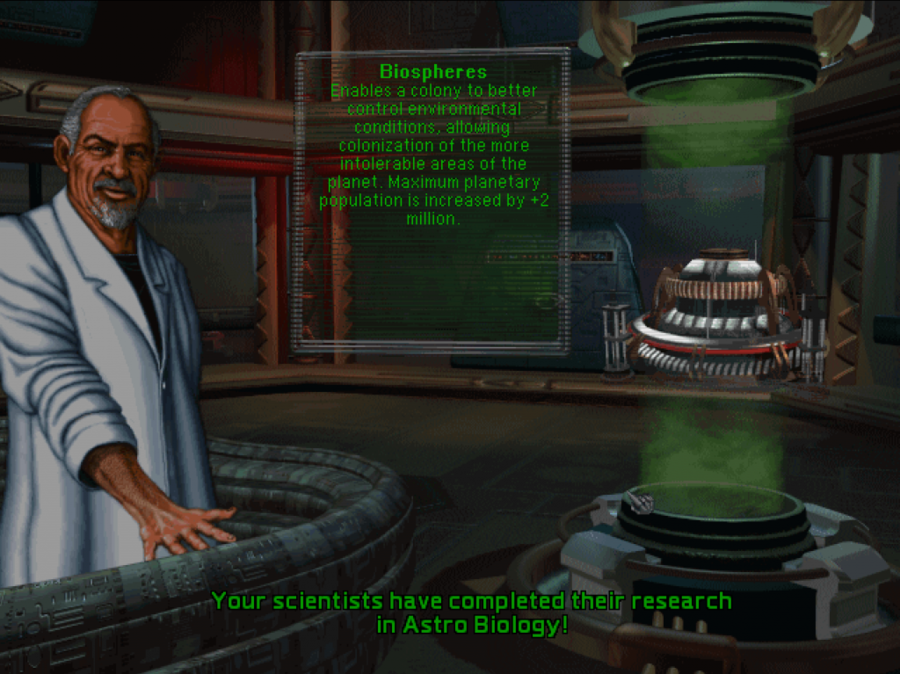
In 2749, the design work and proof of concept for high-density arcology-cities has been completed, and construction begins on the first arcologies scattered amongst Earth's cities. By 2751, the entire program of construction is completed, although immigrants only slowly trickle in as housing grows more and more difficult to find in the outside world.
Biospheres shared the same tier as the agricultural technology the Liberals hoped to research. Agricultural improvements will have to wait for another day...
One of the few things the Conservatives and Social Democrats wholeheartedly agree on is the importance of the new Republican Central Security Police Service. By 2753 the service is declared fully functional, and begins tracking criminals who flee across local borders and monitoring for possible terrorist activity, although little evidence of terrorist activity exists so far. Funding continues to flow to increase staffing for the RCSPS.
We now have our first spy network. Spy networks can be used to steal technology from other empires, engage in sabotage on their worlds, or defend against enemy spies, and cost 1 BC a turn each to maintain. For the moment, the purpose this spy network serves is to make sure we aren't completely open whenever we make first contact.
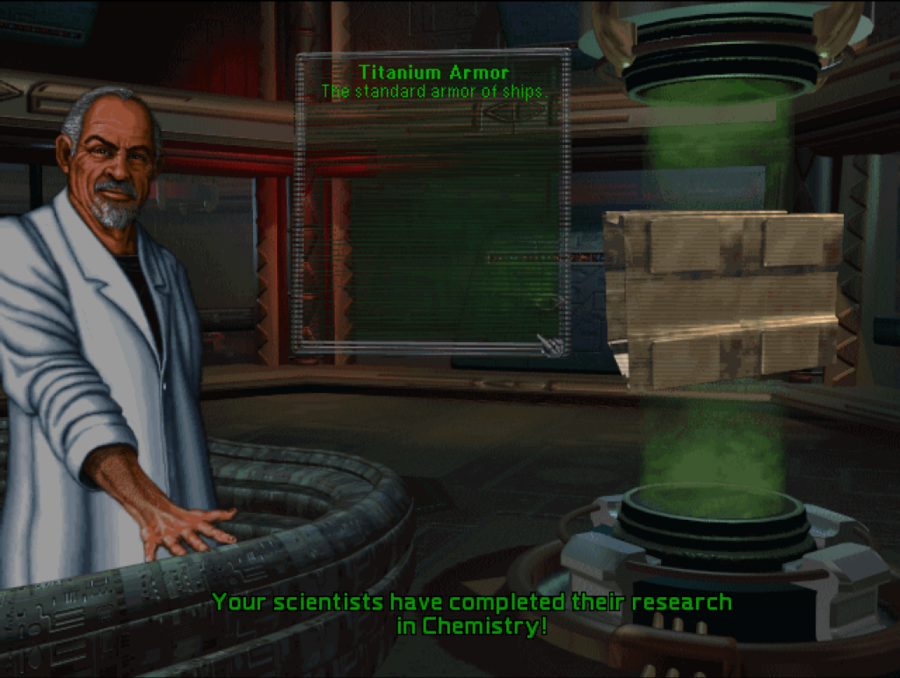
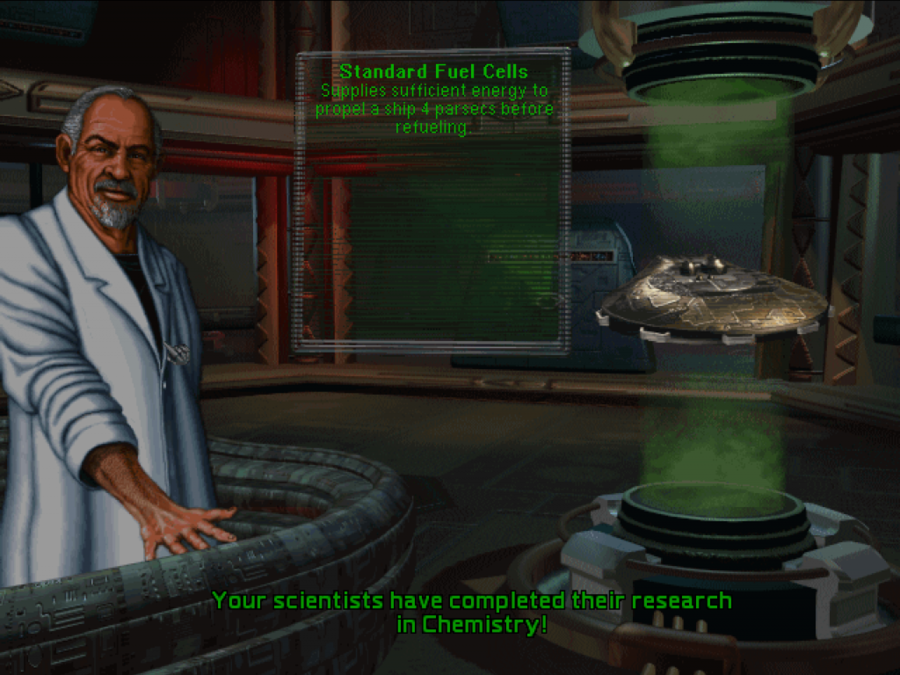

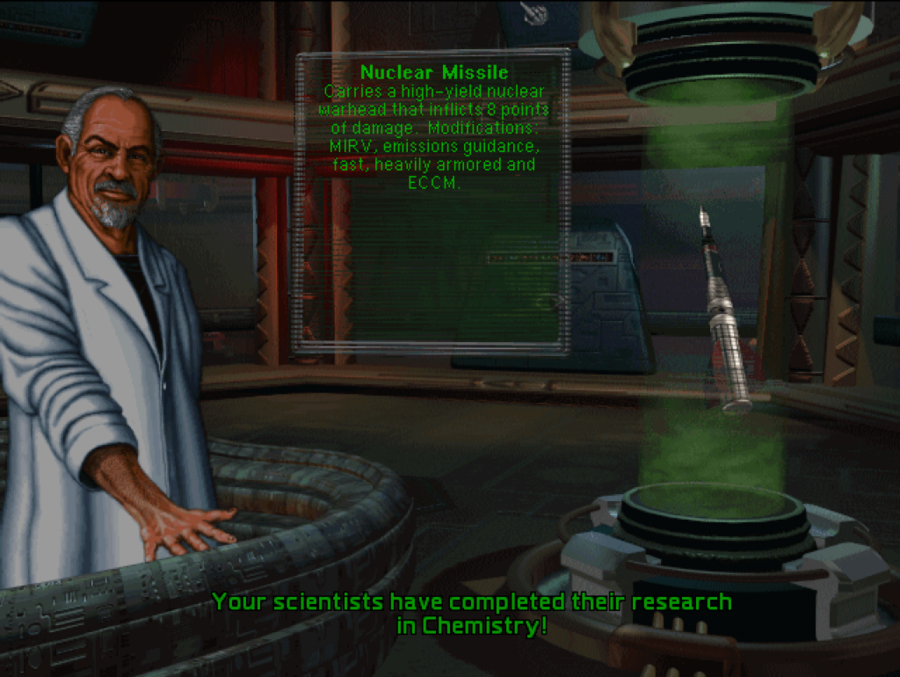
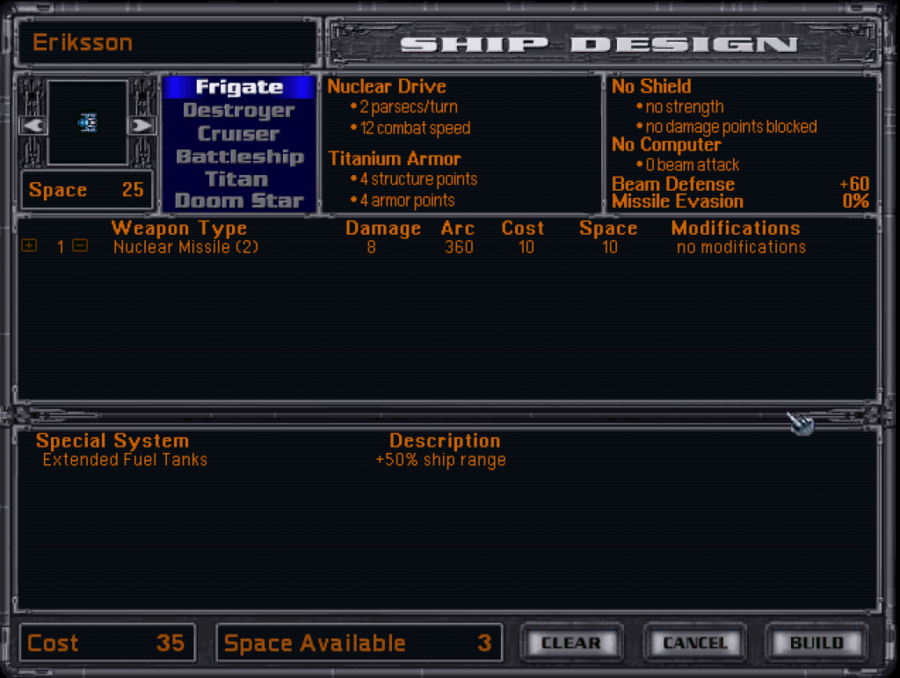
It is in 2755 that the breakthroughs that open the stars to Humanity are made. A strong but light titanium alloy is developed within a month of refinements in fission piles that allow more compact nuclear power generation. Using the new alloys to survive the stresses of hyperspace travel and the new fission piles to provide power to the hyperspace unit, a test probe is launched through hyperspace from Earth to the asteroid belt, and survives. A contract is awarded to Williamson-Lin Aerospace, Limited to design and build three Leifr Eriksson-class scout vessels, which are designed to support their crews for the years needed for interstellar journeys. Each vessel is to be named after a famous explorer from the history of one of the three founding nations of the United Republic- Leifr Eriksson for the Icelandic Republic, Sir Francis Drake for the Commonwealth of England, and Neil Armstrong for the Lakes/Atlantic Federation. Other corporations design a small array of automated supply barges, one-use communications probes intended to be dispatched back on a hyperspace jump with information gathered from scouting missions, and the long-range nuclear-tipped missiles suitable for intercepting targets at the ranges and speeds of space the Leifr Eriksson class will carry as insurance against the dangers of the unknown.
The Eriksson is a fairly standard early-game scout for a pre-warp game. The extended fuel tanks are mandatory for a scout that hopes to fulfill its purpose; a two-shot launcher for nuclear missiles is the only anti-ship weaponry a scout can mount at this point. This design would be hopelessly outclassed by any real combat vessel, of course.
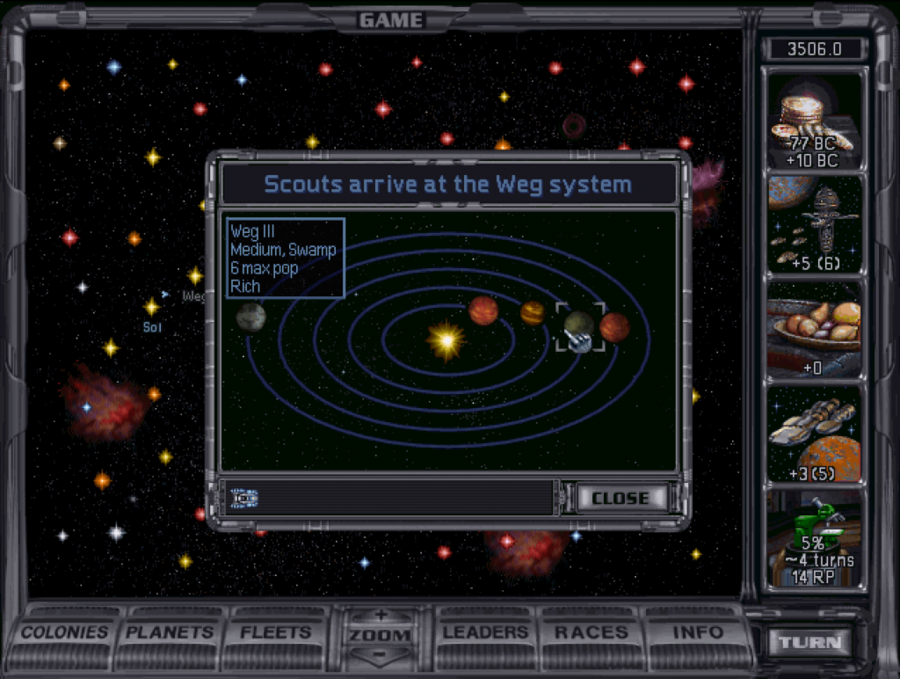
In 2757, Earth has reached 12 billion persons in population, and new families have begun to move into the arcologies in greater numbers as it becomes more and more difficult to buy housing properties from existing owners and the housing projects around traditional cities are completed. Meanwhile, the last arcology projects on Mars are completed. In 2758, the RES (Republican Exploratory Ship) Leifr Eriksson is completed, and dispatched to a nearby yellow star. It is just as the RES Sir Francis Drake is commissioned in 2760 that the RES Leifr Eriksson dispatches back a probe with the results of the survey of the star. There are an array of planets with hostile, radiated environments that may hypothetically be colonisation targets, but the real prizes are two Earth-sized worlds with rich deposits of heavy metals in the crust- one, a barren lifeless rock, and the other host to a fertile, if rather pestilent, ecosystem. There exists life beyond Earth- and if this world at a star so close is a life-bearing world, what might that say for the galaxy at large?
Weg I is a large, radiated, abundant world with a maximum population of 5B, Weg II is a tiny, toxic, abundant world with low gravity and a maximum population of 1B, Weg III is a medium, swamp, rich world with a maximum population of 6B, Weg IV is a medium, radiated, abundant world with a maximum population of 4B, and Weg V is a medium, barren, rich world with a maximum population of 4B.
The United Republic in 2760
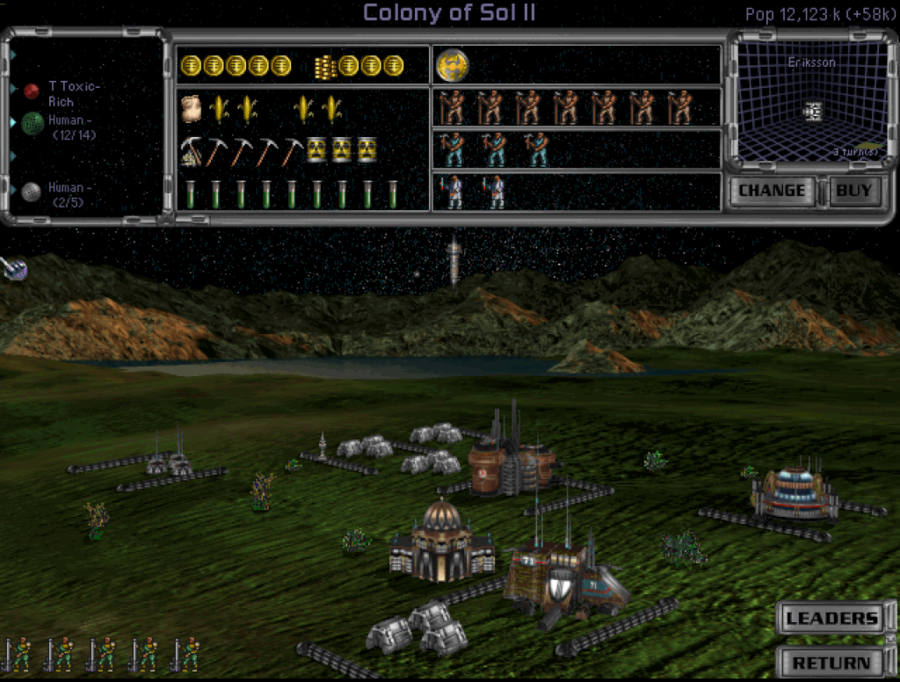
Living standards on Earth have begun to slip since 2740, with the newest population starting to inhabit arcology-cities that are generally considered less desirable real estate than the traditional cities outside and with food prices continuing to rise. The agricultural sector now employs over 350 million persons, while growth in employment in heavy industry has been slower and employment in R&D essentially unchanged. The expansion of industrial zones has necessitated further measures by industrial corporations to sequester waste, although the drag on the industrial sector is still fairly limited.
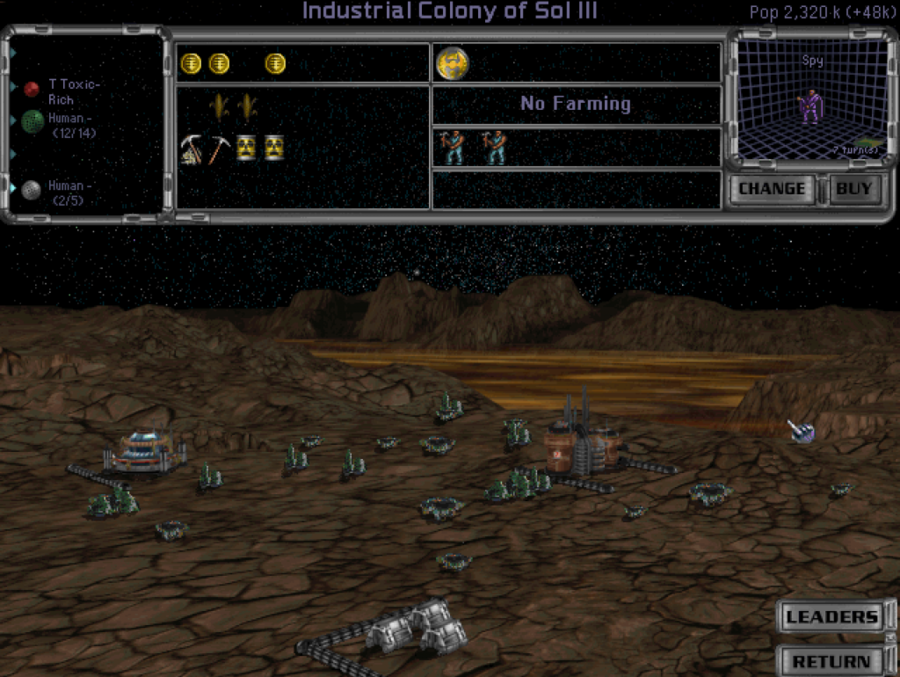
Mars, on the other hand, has prospered over the past twenty years. Improved industry and the employment provided by RCSPS Headquarters have brought more income to the Red Planet, and arcology-cities are far less relatively unattractive prospects for life than the outside cities. Mars, too, has begun to sequester toxic waste from the heavy industry that has been booming providing metals for Humanity and weapons, surveillance equipment, vehicles, and more for the growing RCSPS.
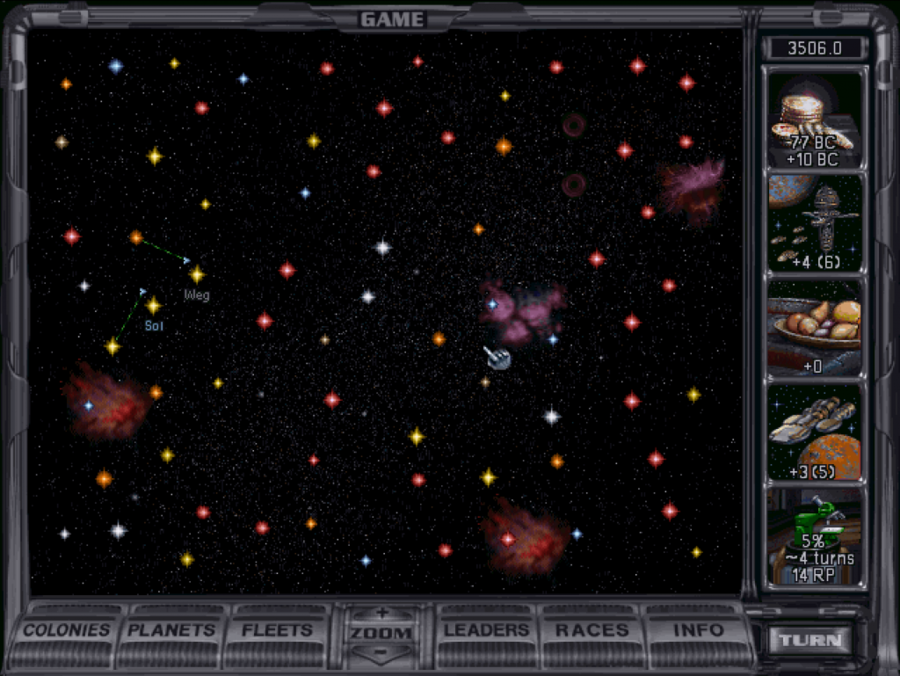
The United Republic has begun to make heavier use of its transport capacity to haul food and supplies between Earth and Mars, and the orbital station around Earth has emerged as the nerve center of a busy array of support craft, recruitment and administrative offices for the Republican Exploratory Corps. The Republican Exploratory Corps is well-staffed and operates smoothly. A larger population has, so far, not manifested in more investment capital or innovation in the economy.
Command Points are an abstraction representing logistical, administrative, and staffing requirements for maintaining your fleet, with five provided by default and more provided by each orbital platform built. Each ship will use up one or more Command Points, depending on size. One can build more ships than one has Command Points for, but each Command Point over costs 10 BC. This gets VERY EXPENSIVE, and a well-managed fleet is one that is under the Command Point limit.
The year is 2760, and the electorate must once again vote for their representatives in the Great Senate in Philadelphia.
The Conservatives want to continue throwing their full support behind the Republican Exploratory Corps, aerospace and shipbuilding concerns, and, once the RES Neil Armstrong is completed, begin a major program of supporting the construction of a colony fleet to exploit the new life-bearing world that has been discovered. They also wish to continue to support the buildup of the RCSPS.
The Social Democrats are excited by the potential of new cloning technology to create organ replacements and make it easier to have more children without the inconvenience and fuss of pregnancy, and likewise support a major governmental program of supporting the construction of a colony fleet and an expanded RCSPS. They wish to put the construction of the RES Neil Armstrong on hold for now, to free more money for population subsidies.
The Liberals think that anybody who wishes to invest in a colony fleet should be free to do so- there is a great deal of excitement about this new system- but that there are several major economic priorities that make supporting them at this point urgent. They believe continuing to build up the RCSPS at this point is wasteful, that the continuing drain on incomes by rising food prices must be allowed to be addressed by the market, and that if the computer sector were permitted to get out from under the current tax regime that new technology could be developed to improve output which should help get us to the stars quicker.